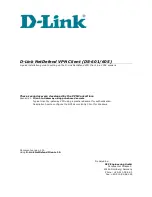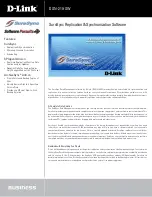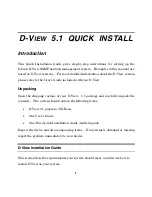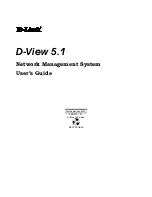
MySQL 5.0 FAQ: MySQL Cluster
2887
It is possible to create tables using other storage engines (such as
MyISAM
or
InnoDB
) on a MySQL
server being used with a MySQL Cluster, but these non-
NDB
tables do not participate in clustering;
each such table is strictly local to the individual MySQL server instance on which it is created.
B.10.19: In the event of a catastrophic failure—say, for instance, the whole city loses power and
my UPS fails—would I lose all my data?
All committed transactions are logged. Therefore, although it is possible that some data could be lost in
the event of a catastrophe, this should be quite limited. Data loss can be further reduced by minimizing
the number of operations per transaction. (It is not a good idea to perform large numbers of operations
per transaction in any case.)
B.10.20: Is it possible to use
FULLTEXT
indexes with MySQL Cluster?
FULLTEXT
indexing is currently not supported by any MySQL storage engine other than
MyISAM
.
B.10.21: Can I run multiple nodes on a single computer?
It is possible but not advisable. One of the chief reasons to run a cluster is to provide redundancy.
To obtain the full benefits of this redundancy, each node should reside on a separate machine. If you
place multiple nodes on a single machine and that machine fails, you lose all of those nodes. Given
that MySQL Cluster can be run on commodity hardware loaded with a low-cost (or even no-cost)
operating system, the expense of an extra machine or two is well worth it to safeguard mission-critical
data. It also worth noting that the requirements for a cluster host running a management node are
minimal. This task can be accomplished with a 300 MHz Pentium or equivalent CPU and sufficient
RAM for the operating system, plus a small amount of overhead for the
ndb_mgmd
and
ndb_mgm
processes.
It is acceptable to run multiple cluster data nodes on a single host for learning about MySQL Cluster, or
for testing purposes; however, this is not generally supported for production use.
B.10.22: Can I add data nodes to a MySQL Cluster without restarting it?
Not in MySQL 5.0. While a rolling restart is all that is required for adding new management or API
nodes to a MySQL Cluster (see
Section 17.5.5, “Performing a Rolling Restart of a MySQL Cluster”
),
adding data nodes is more complex, and requires the following steps:
1. Make a complete backup of all Cluster data.
2. Completely shut down the cluster and all cluster node processes.
3. Restart the cluster, using the
--initial
startup option for all instances of
ndbd
.
Warning
Never use the
--initial
when starting
ndbd
except when necessary to
clear the data node file system. See
Section 17.4.1, “
ndbd
— The MySQL
Cluster Data Node Daemon”
, for information about when this is required.
4. Restore all cluster data from the backup.
Note
Beginning with MySQL Cluster NDB 6.4, it is possible to add new data nodes
to a running MySQL Cluster without taking it offline. For more information, see
Adding MySQL Cluster Data Nodes Online
. However, we do not plan to add this
capability in MySQL 5.0.
B.10.23: Are there any limitations that I should be aware of when using MySQL Cluster?
Limitations on
NDB
tables in MySQL 5.0 include the following:
Summary of Contents for 5.0
Page 1: ...MySQL 5 0 Reference Manual ...
Page 18: ...xviii ...
Page 60: ...40 ...
Page 396: ...376 ...
Page 578: ...558 ...
Page 636: ...616 ...
Page 844: ...824 ...
Page 1234: ...1214 ...
Page 1427: ...MySQL Proxy Scripting 1407 ...
Page 1734: ...1714 ...
Page 1752: ...1732 ...
Page 1783: ...Configuring Connector ODBC 1763 ...
Page 1793: ...Connector ODBC Examples 1773 ...
Page 1839: ...Connector Net Installation 1819 2 You must choose the type of installation to perform ...
Page 2850: ...2830 ...
Page 2854: ...2834 ...
Page 2928: ...2908 ...
Page 3000: ...2980 ...
Page 3122: ...3102 ...
Page 3126: ...3106 ...
Page 3174: ...3154 ...
Page 3232: ...3212 ...
















































